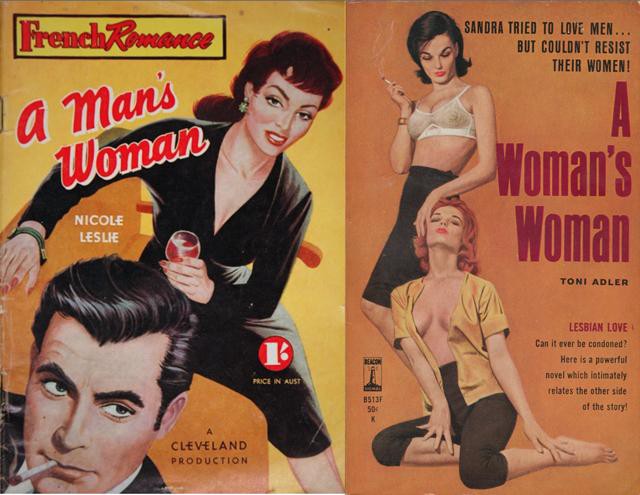As always, Autumn Whitefield-Madrano knows just how to respond to seemingly-impossible questions of…

Maybe we learn the most about the “man’s woman” and the “woman’s woman” when we look at the only thing that each of the varying definitions of the terms has in common: a belief that there’s something men want, and something women want — and ne’er the twain shall meet. It’s uncomfortable from a gender-binary perspective, naturally. But it’s just as uncomfortable from where I’m sitting, as someone who firmly identifies as female and who has plenty of traits associated with femininity. For whenever I’ve tried to puzzle out which camp I might belong in, neither one has felt satisfying. The “man’s woman” and the “woman’s woman” are each reactors, not actors in and of themselves. Each of these women fills the needs of others, even the heroic sort of “woman’s woman” who inspires other women — she’s still cast in the terms of others’ needs, not her own.
As always, Autumn Whitefield-Madrano knows just how to respond to seemingly-impossible questions of gender, taste, categories, and celebrity.